By Emma Sinai-Yunker
sinaiyun@grinnell.edu
In 2010, Grinnell was ranked as number 14 in the “Best Colleges” list released by U.S. News & World Report. But in 2011, it dropped to 18 and, in 2012, to 19. In the 2013 rankings released last week, Grinnell dropped again, to 22.
U.S. News looks at everything from tuition to alumni donations, from financial aid to acceptance rates. So why has Grinnell been dropping?
“I think that’s one of the things that confounds college administrators a fair amount. I don’t think many serious educators would put a great deal of faith in the validity of the methodology that [the rankings] use,” said Doug Badger, Director of Admission. “The biggest part of [ranking] is peer assessment—other people’s opinions, which really doesn’t get at the real strength of Grinnell.”
Surveys from officials at peer institutions are 22.5 percent of the ranking, the largest factor.
High school counselor score, average freshman retention rate, student to faculty ratio, acceptance rate and alumni giving rate are all examples of what determines placement for colleges. Between 2010 and 2011, and then again between 2012 and 2013 there were drops of over three places.
“Over that time, one of the things that has changed which would fit into the quantitative factors of the ranking is the selectivity of our entering class. In that period, our selectivity did go down. So of the things that we could statistically point to, that could be one of the things. Does that mean that Grinnell is a lesser place now than it was two years ago? I don’t think that’s the case,” Badger said.
President Raynard Kington thought that while the rankings themselves may not matter much, they do point to things that the college should care about.
“I know that there is information in the rankings that are things that we care about, like retention rates and how well we’re able to support our students and how devoted our alumni are. You can’t argue with the fact that those are meaningful,” Kington said. “Where I start to have issues with the rankings is the idea that relatively small movements [in the rankings] have meaning. So, I think, in general, institutions in the top 50 are all first rate, really good institutions. And there are a fair number of institutions below 50 that are first-rate.”
Although Grinnell has been dropping in ranking consistently since 2010, it does not appear to have affected the incoming classes in any negative way. In the past year there has been a substantial increase in applications and average SAT scores for applying student increased 50 points. The 2016 class only had 64 people come from the waiting list, or 14 percent.
“I can’t say that we’ve seen a big effect because of the rankings at this point, but we know these things can be influential in how people evaluate colleges,” Badger said.
The influence of these rankings is not only for potential students. The administration looks at rankings from many sites, as well as their own standards, in order to gauge how the College is doing and where they should be turning their attention next.
“Where we need to focus, and I think this is where the U.S. News rankings remind us, we need to be constantly focusing on how we can get better as an institution. And there are many parts of that metric that we know we have to do better on. Alumni giving, there’s no question that that’s meaningful,” Kington said. “We don’t want it because it affects our ratings, we want it because it helps us to be a better institution.”
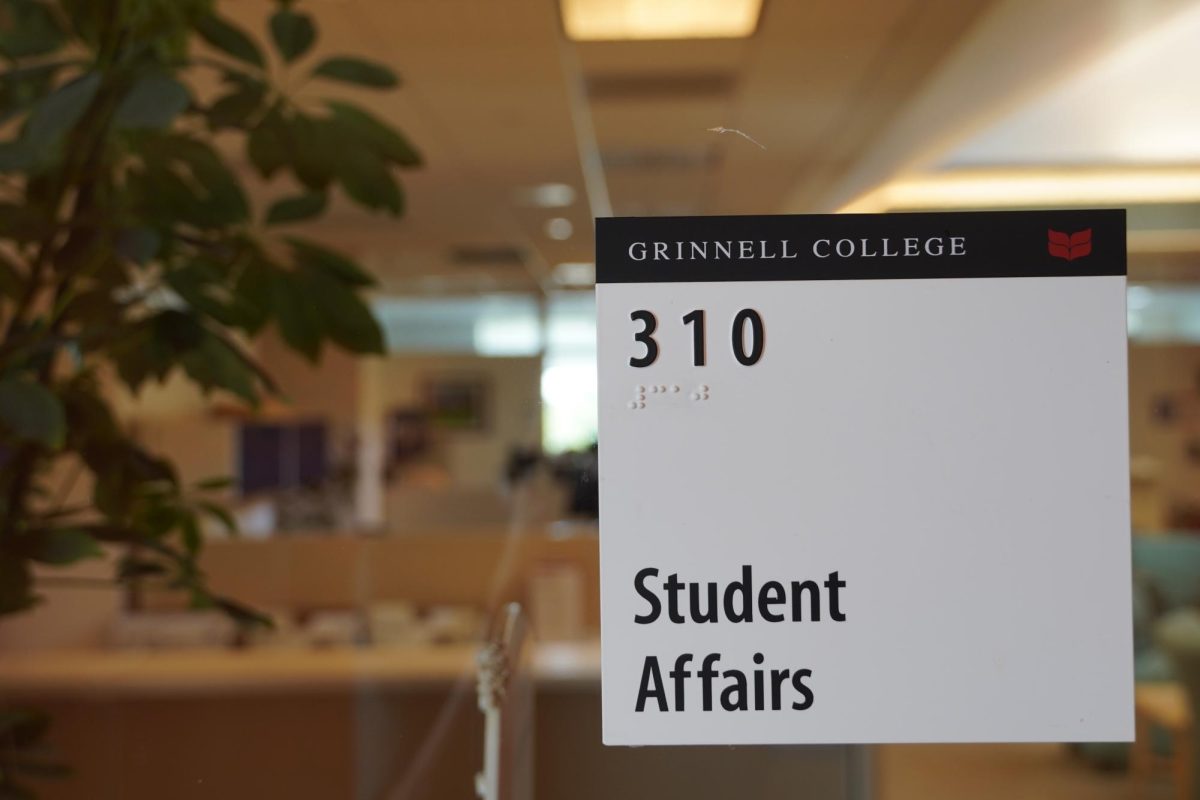


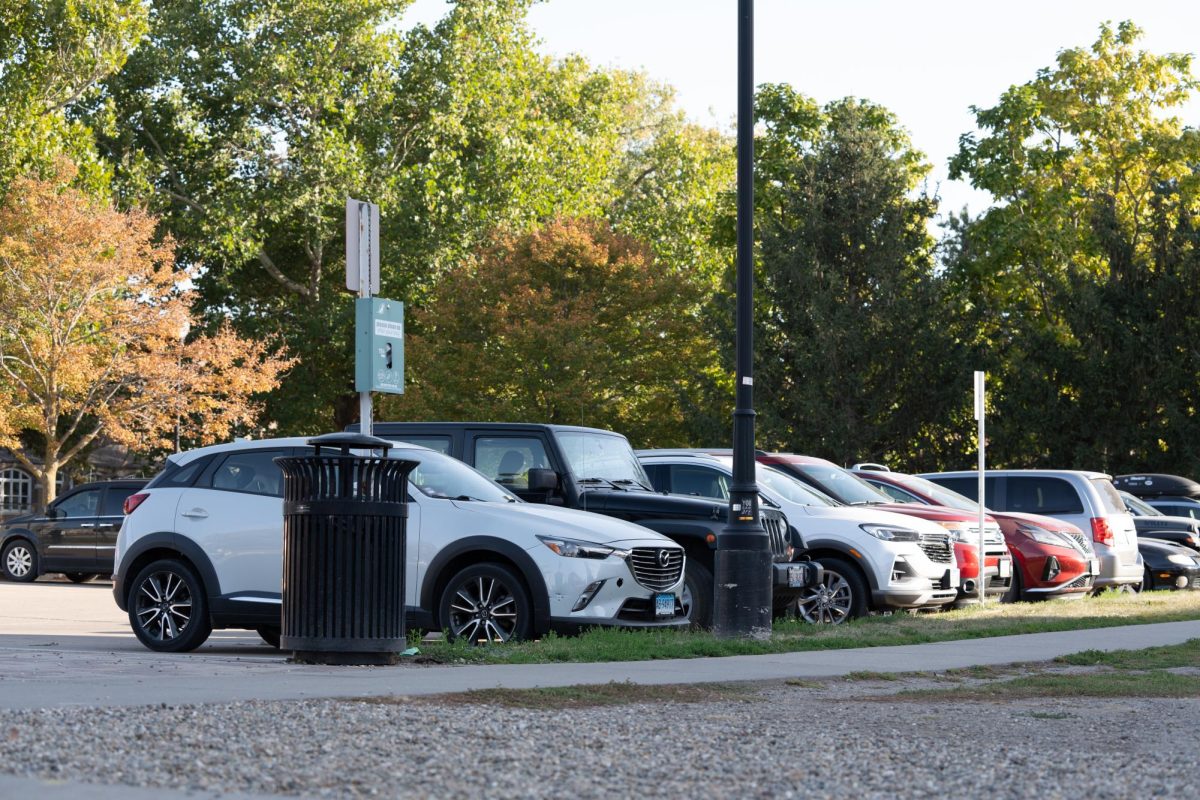


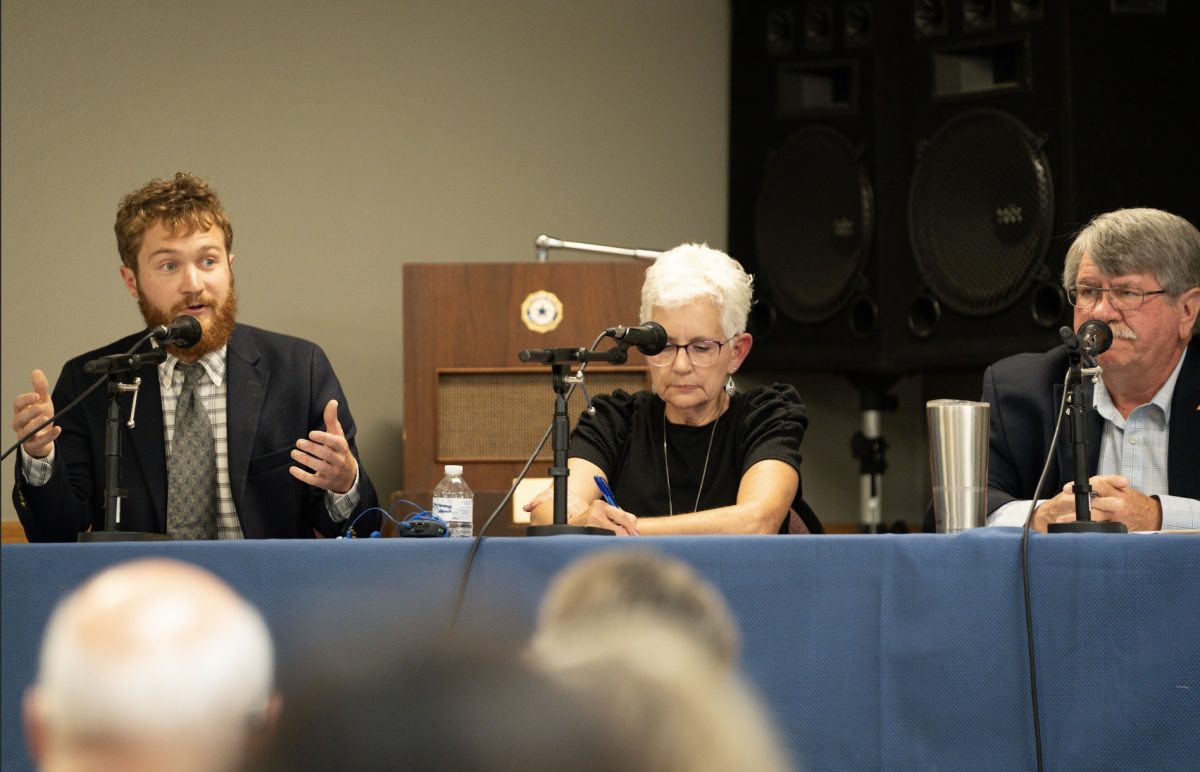

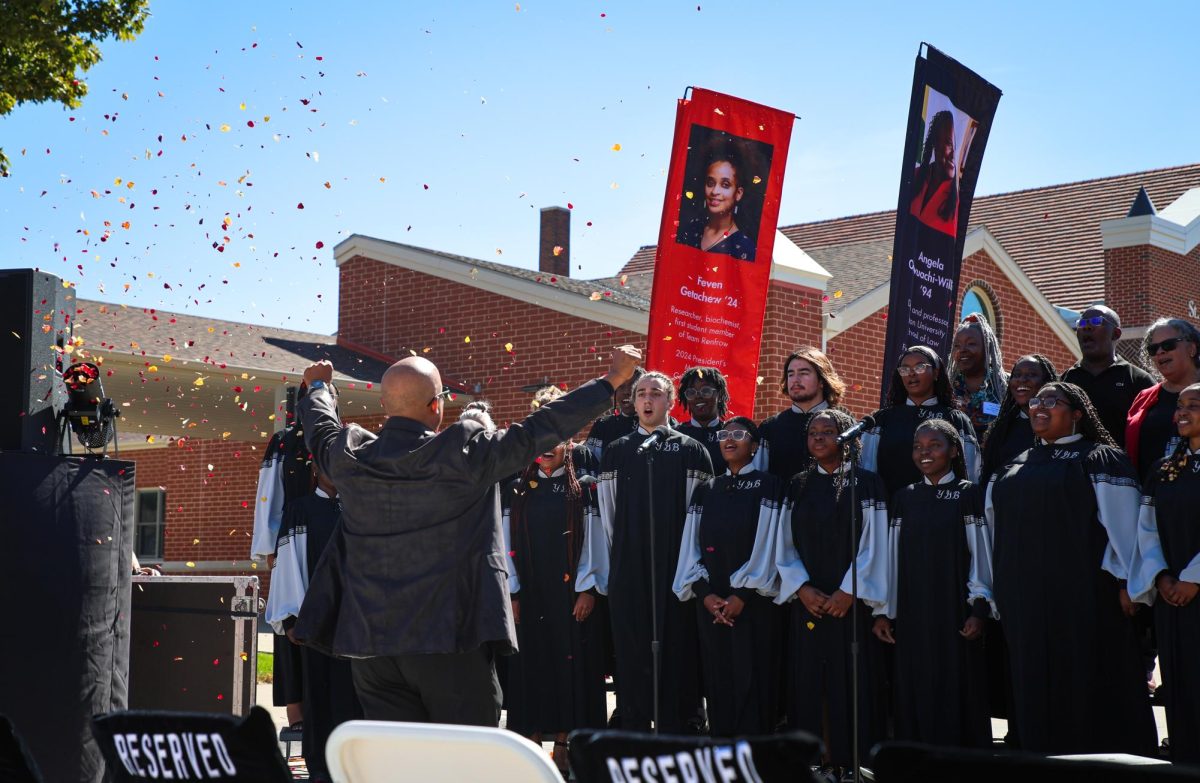
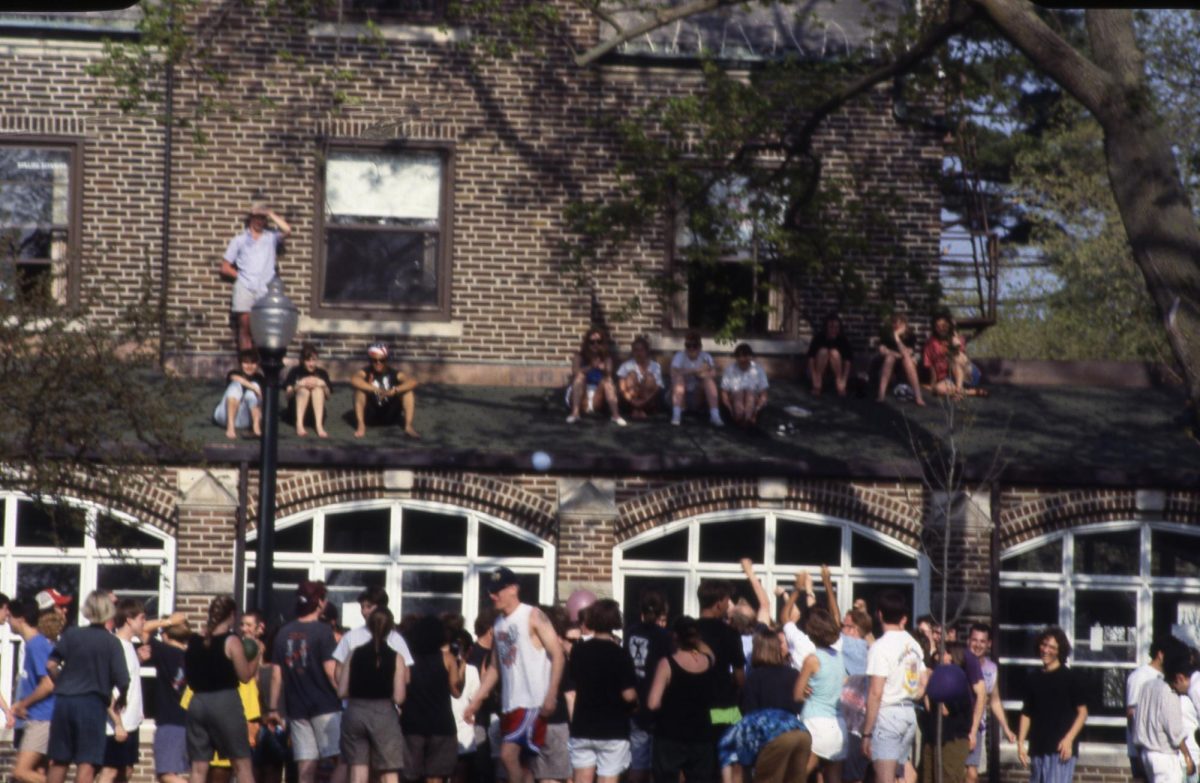


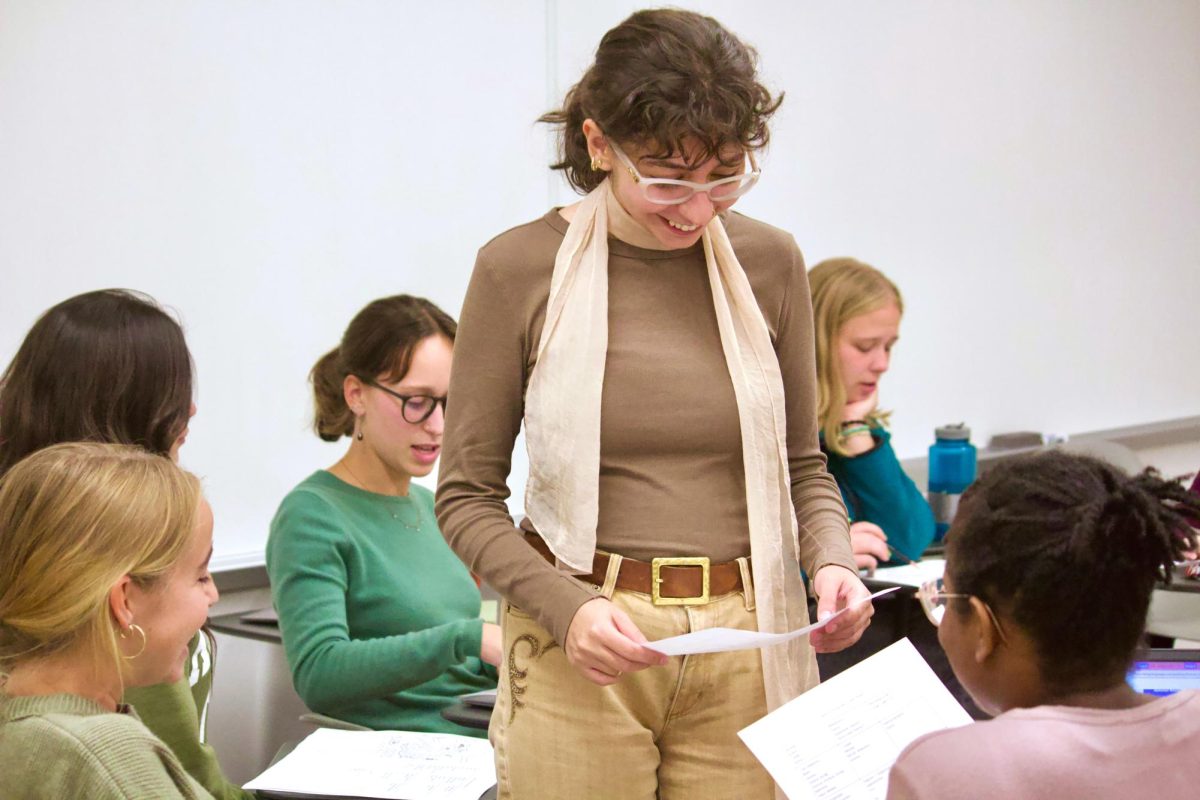
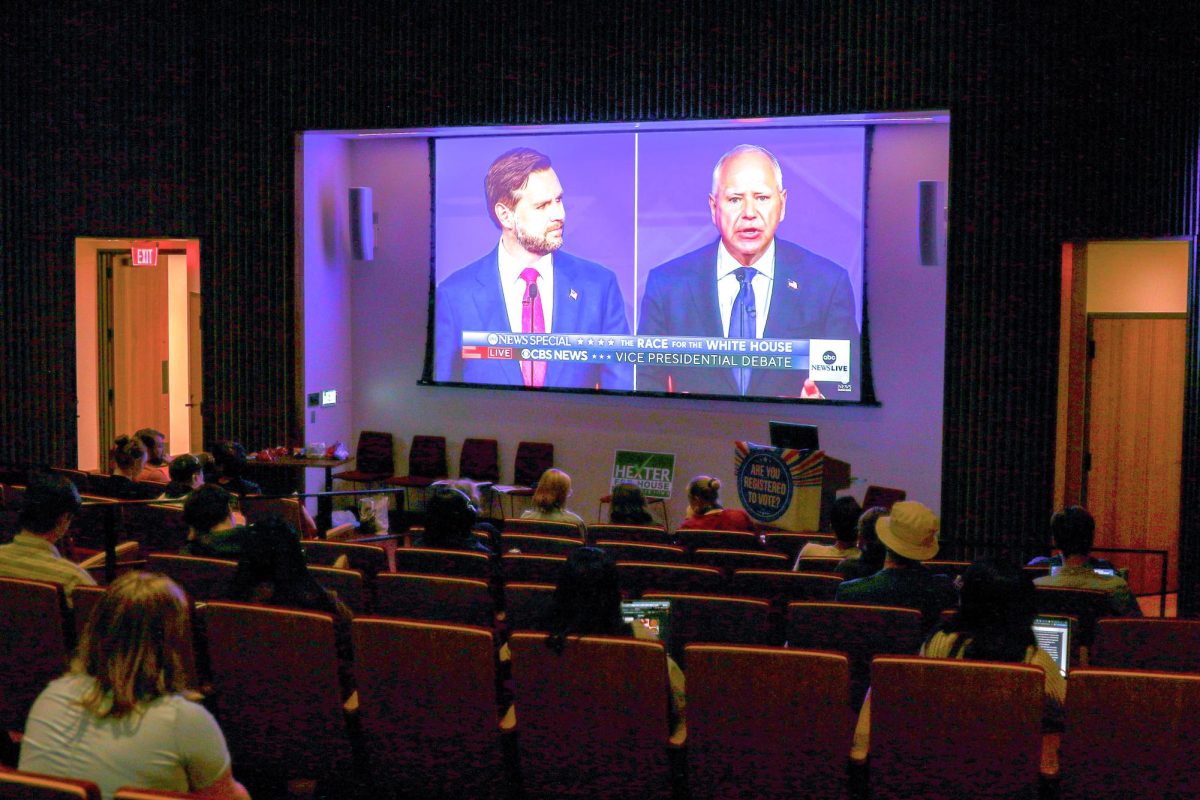
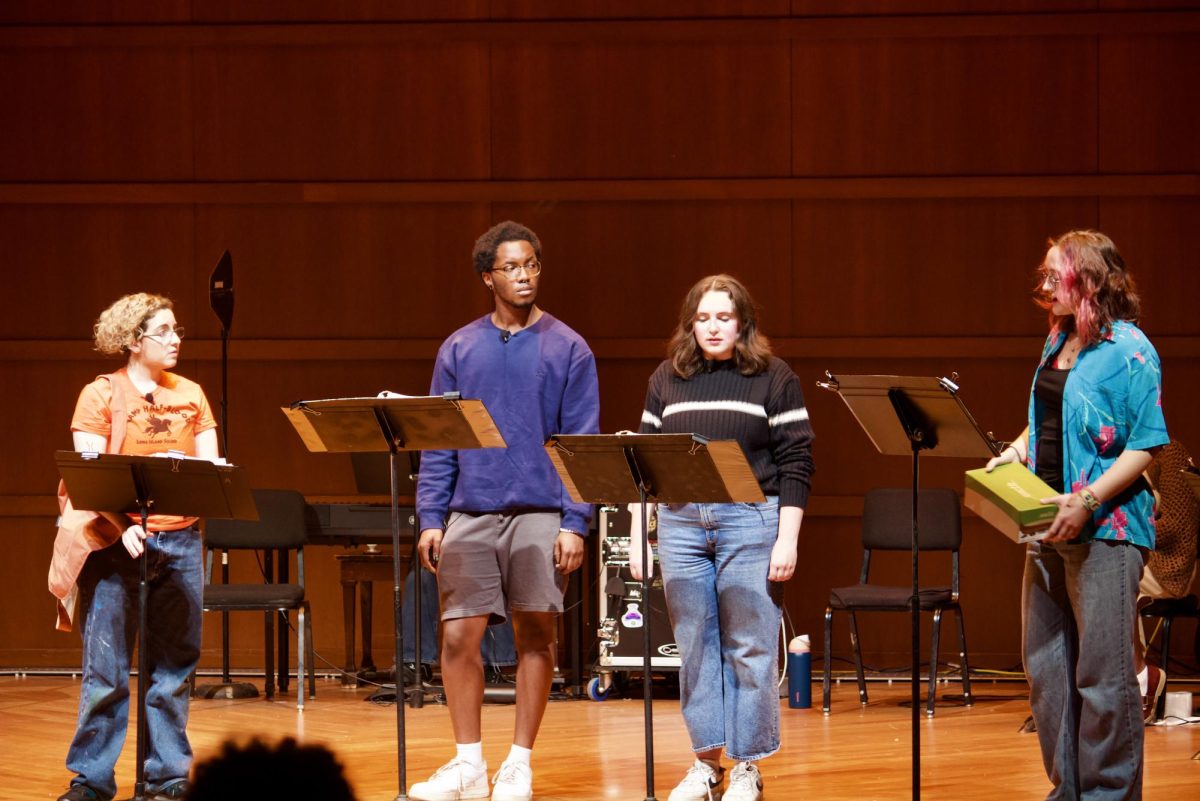





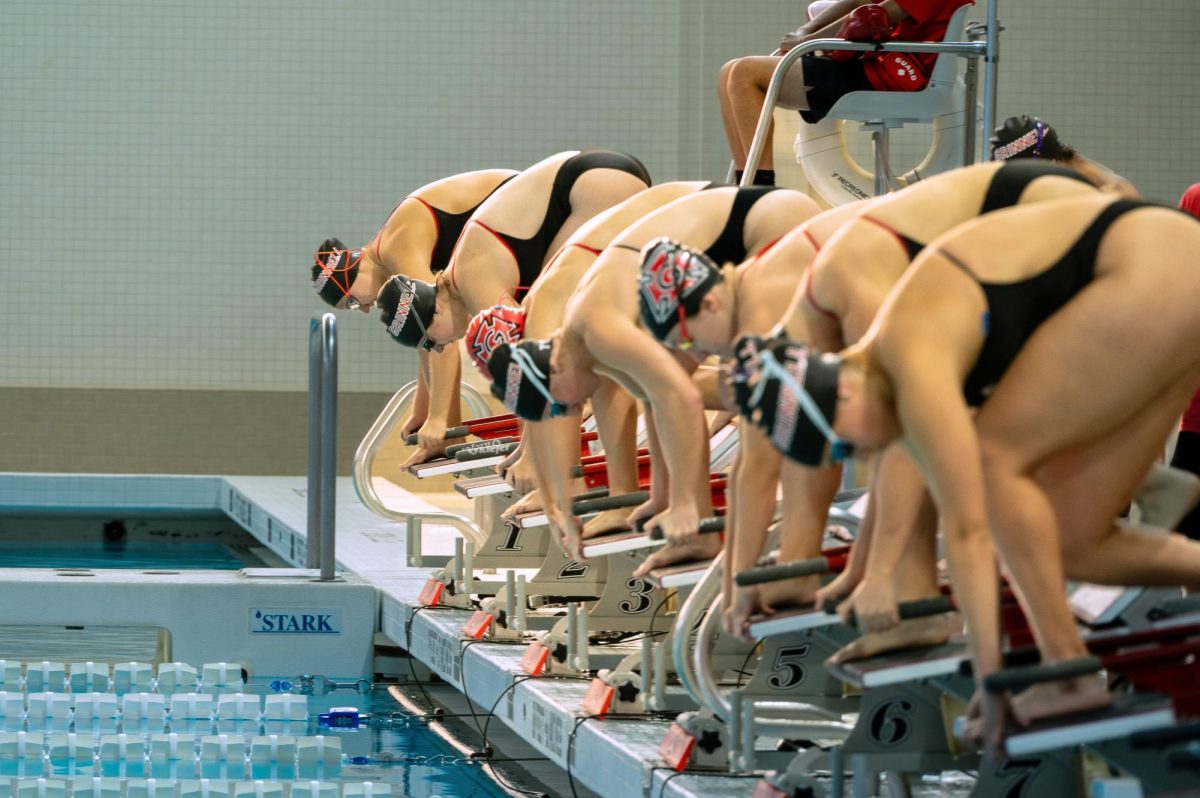

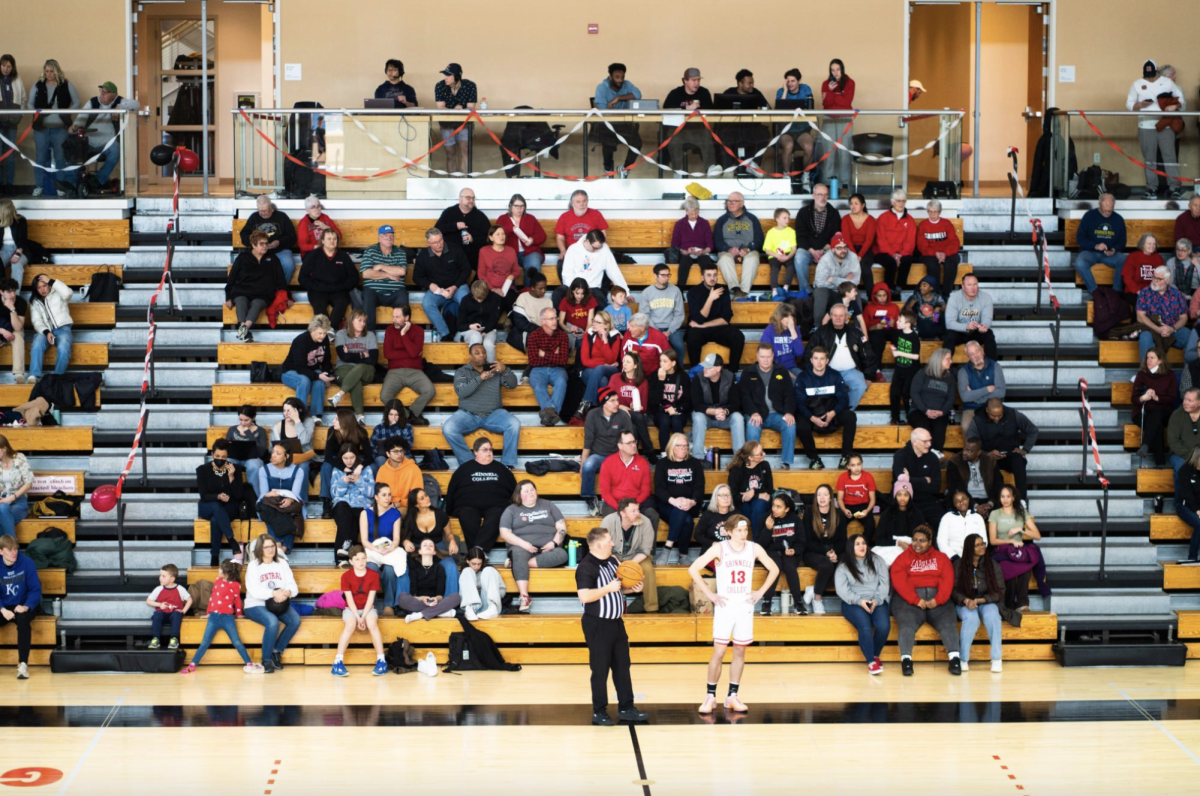






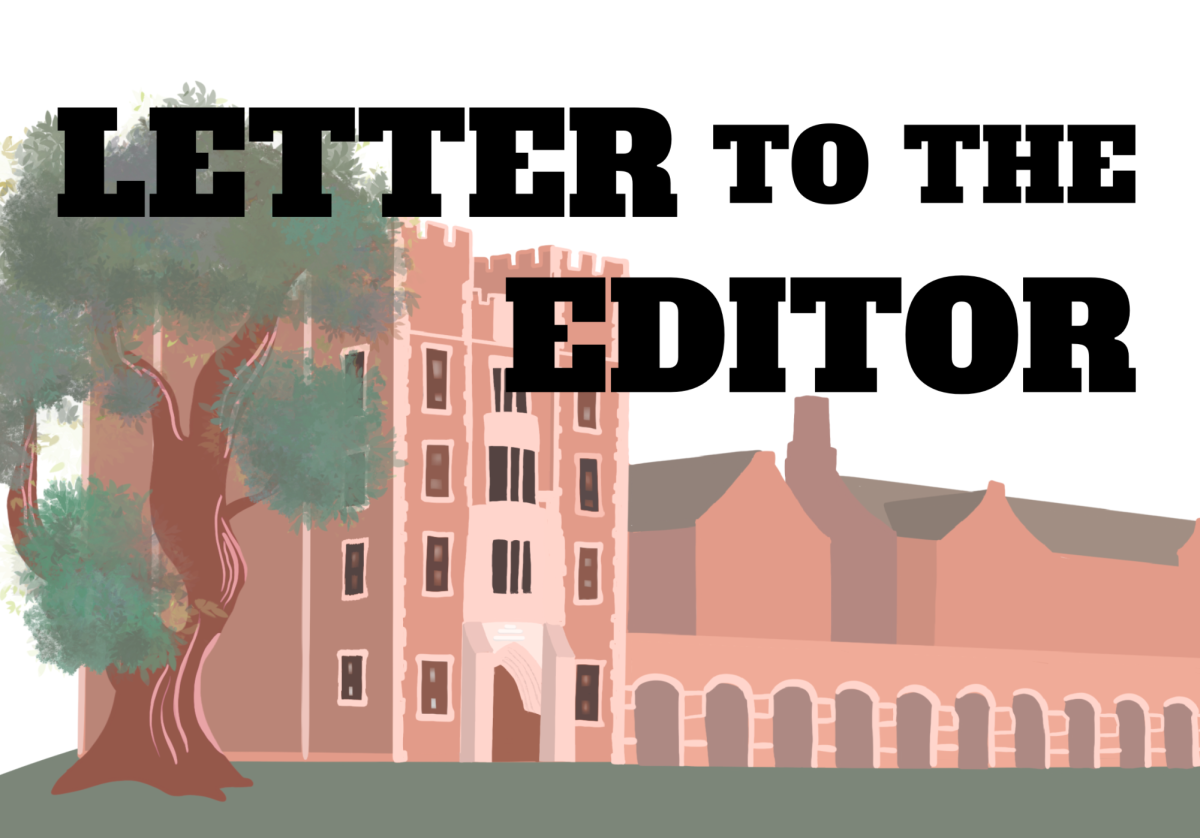



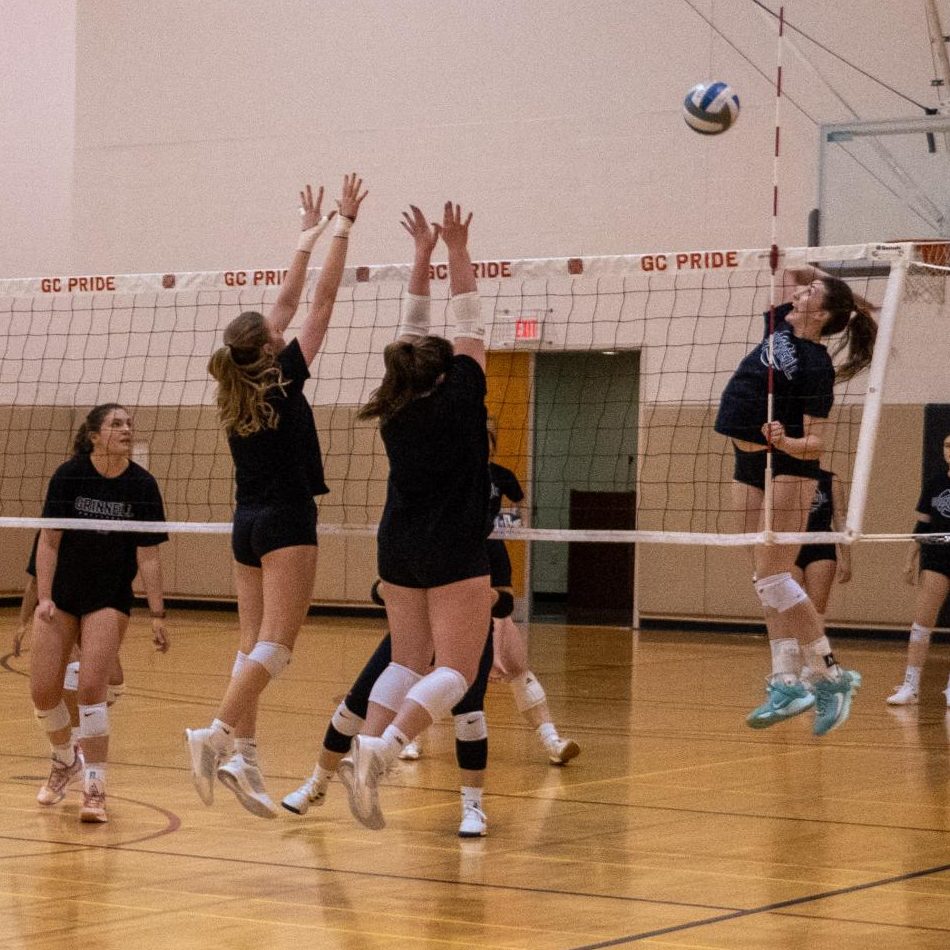
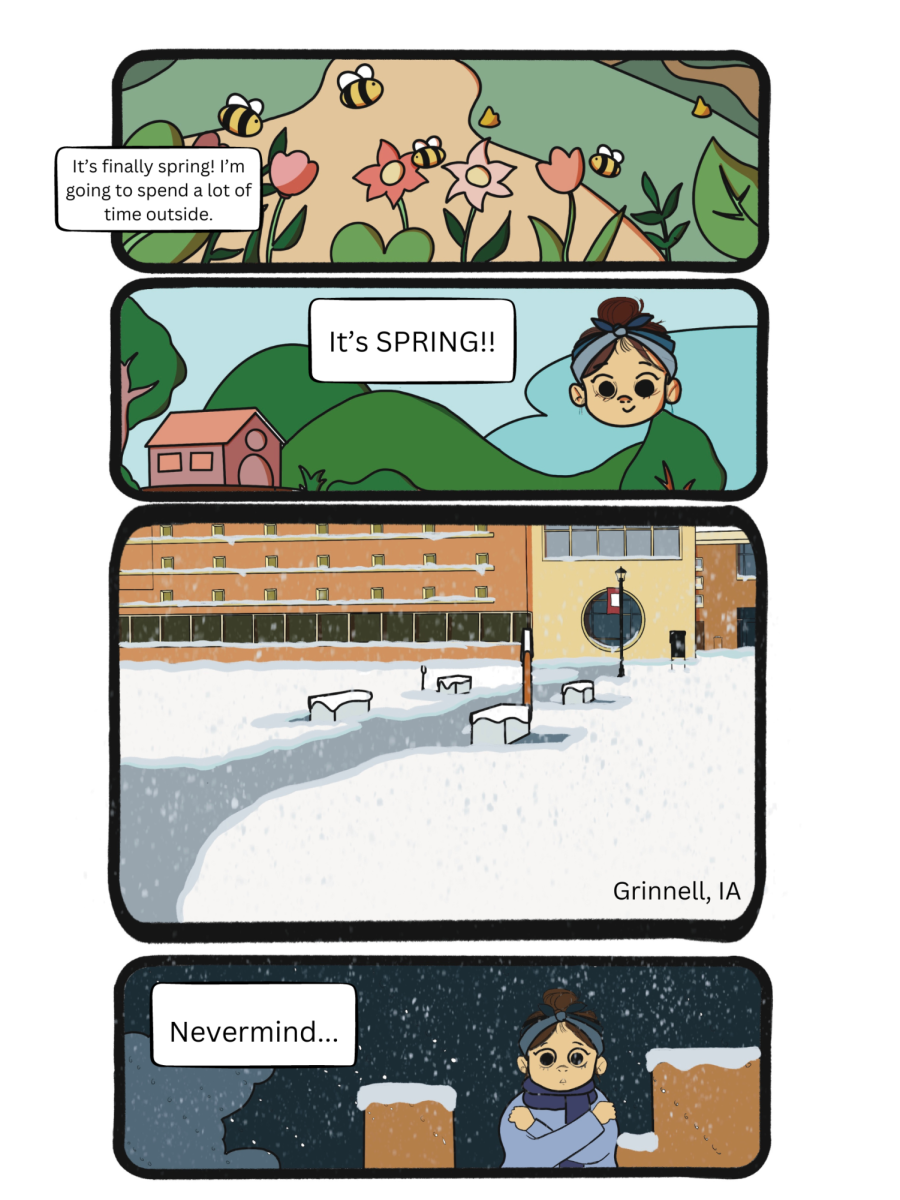


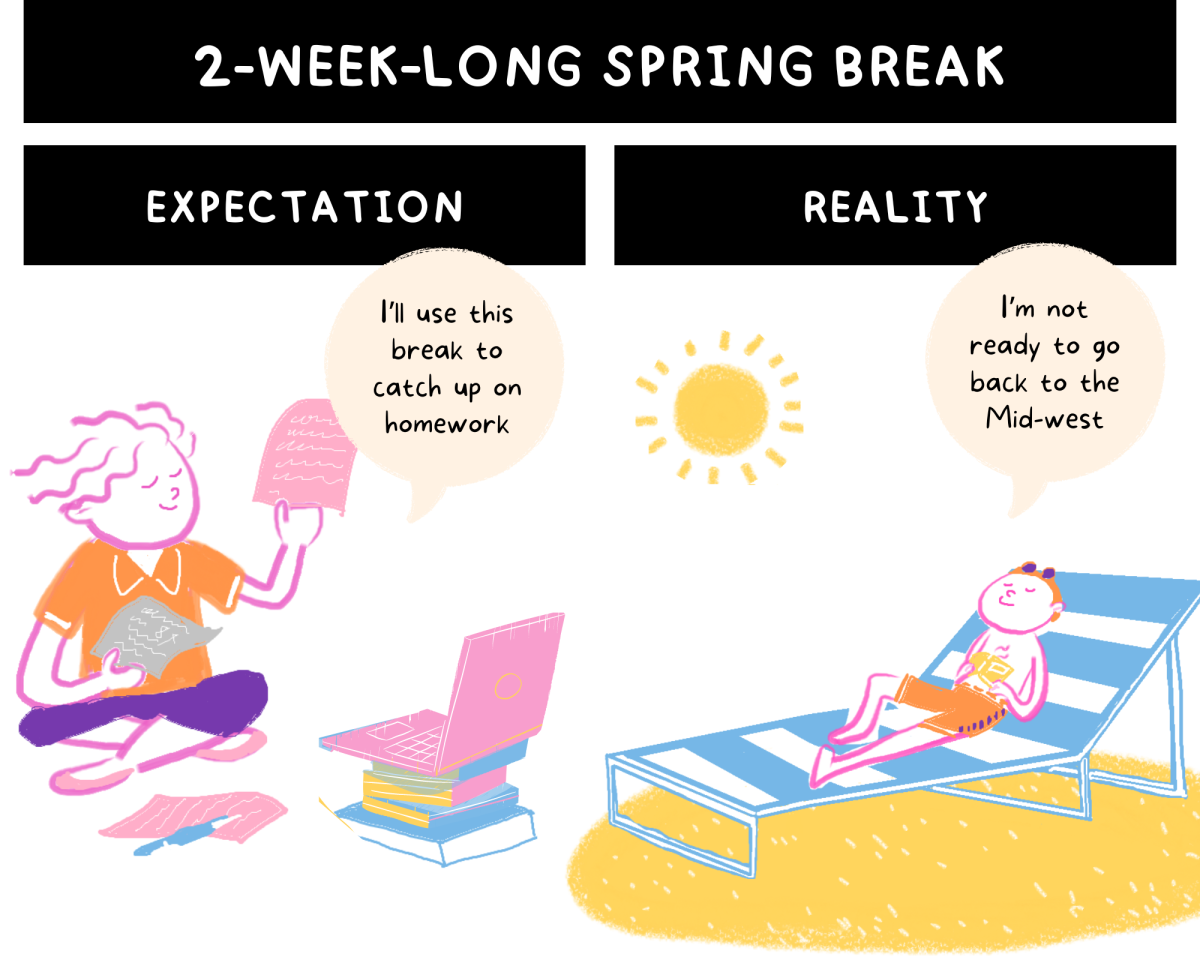









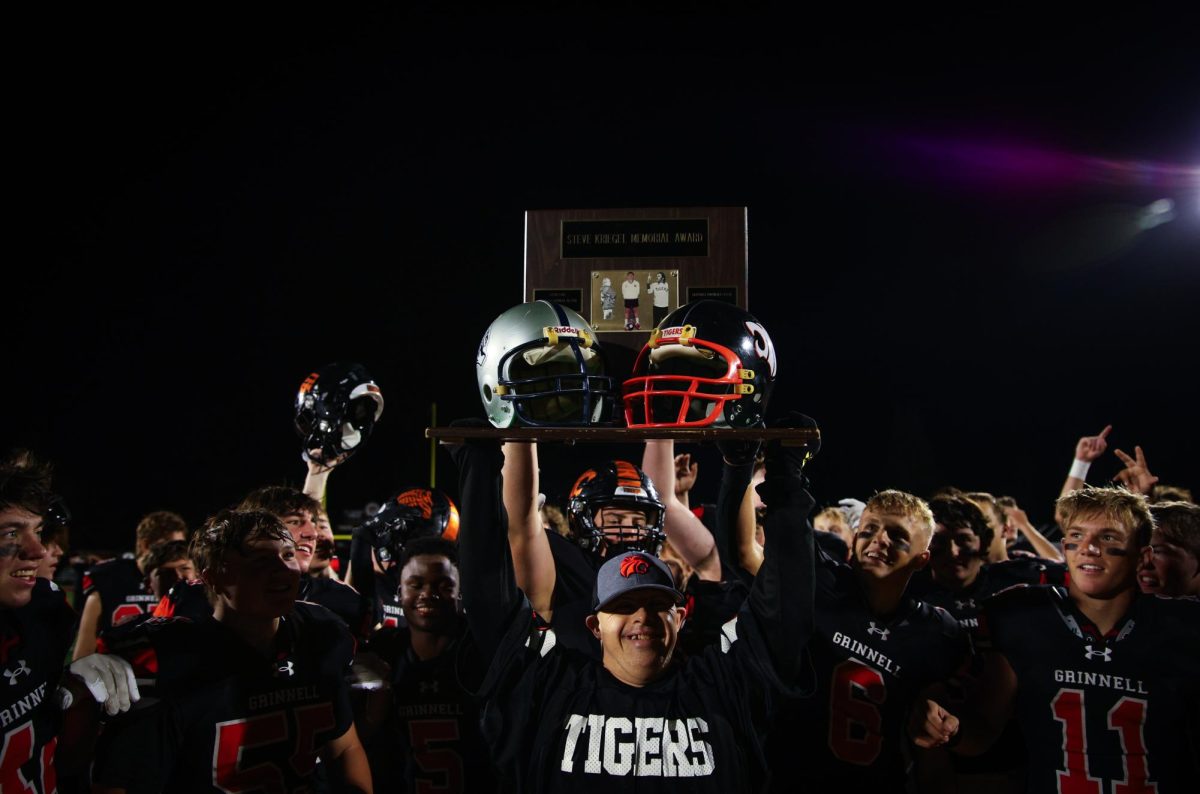
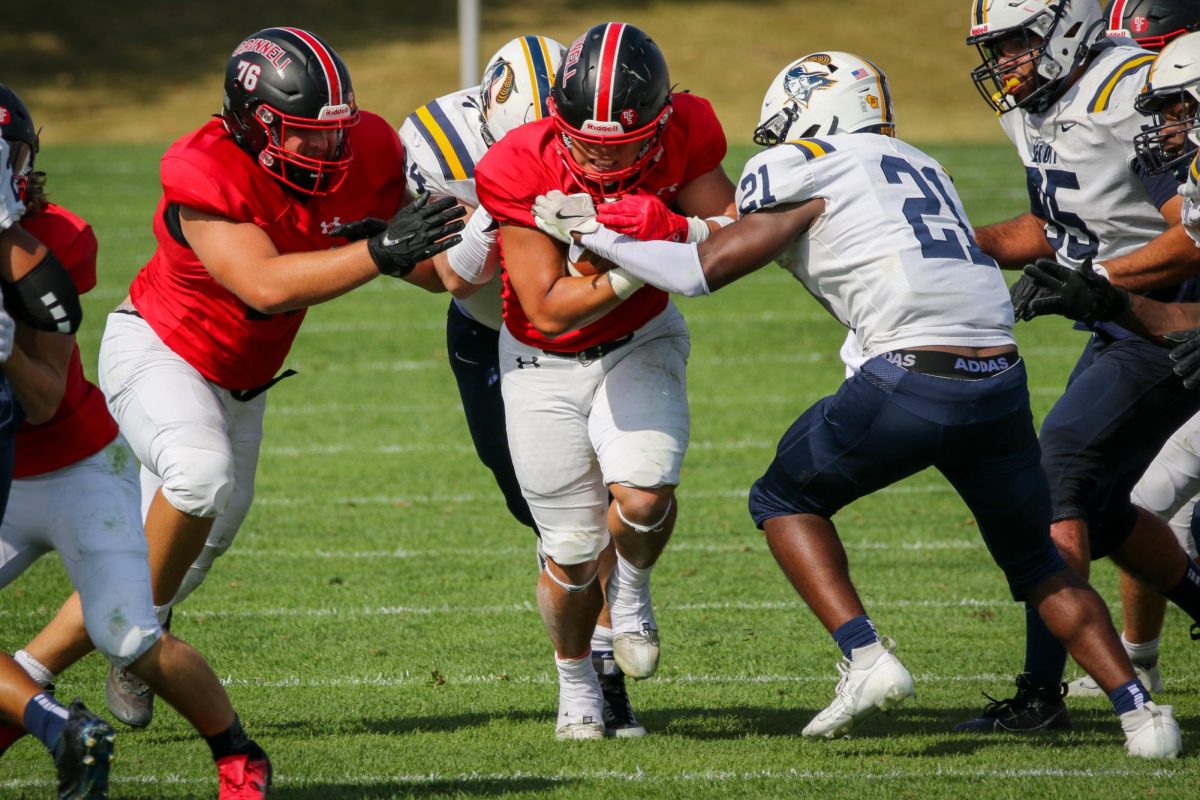


Mark • Jan 28, 2014 at 3:23 pm
The architecture of the new dorms is awful, hideous.
Mark, class of 74
Anonymous • Oct 4, 2012 at 3:39 pm
Maybe Grinnell the town should try and make it a more appealing place to live for 4 years.
Bill Getty • Sep 23, 2012 at 11:37 pm
The administration being”unconcerned” shows just how far they have fallen into the echo-chamber of the Grinnell bubble.
Let’s just look at the top 50, which the president says are “all first-rate”. OK, fine. Among those top 50, what is the relative range of movement within the group? Well, it actually is very little. In other words, most institutions have held relatively steady in the rankings over the past quarter century. In fact, that was once the case for Grinnell. It started in the lower-top-ten (yes, it was 7 or 8 when the rankings began) and then bounced around in the range of 11-14 for a good 10-15 years. Then, three years ago (which the article details), the good ol’ college began to drop.
So, it might be comforting to dismiss the validity of the rankings in the face of a downward spiral, but that cannot be the case if the same rankings seem to hold just about every other “first-rate” institution at the same level.
What is going on?
Can it be all of these new buildings? Those were supposed to help recruitment. It certainly can’t be staffing (unless maybe that is too much staffing). Wealth? The college is in the top 5 among those 50 “first-rate” institutions in endowment value and in endowment per student. And don’t point at alumni giving, it’s been flat all of these years.
Whatever it is…there IS SOMETHING.
Grinnell does not exist in a separate, but equal universe of its own making. And the rankings do matter. Quarrel with the methodology, but remember that the same functional analysis is applied to all institutions and Grinnell is the one place that is deteriorating downward.
If not the administration — perhaps the board needs to wake up and smell the coffee.
Michael Grefe 79' • Sep 22, 2012 at 4:08 pm
It doesn’t make any sense that the ranking would go down if selectivity and SAT scores are up. I think administration should be concerned as it seems were not projecting as strong a report card to the rating agencies as we used to.